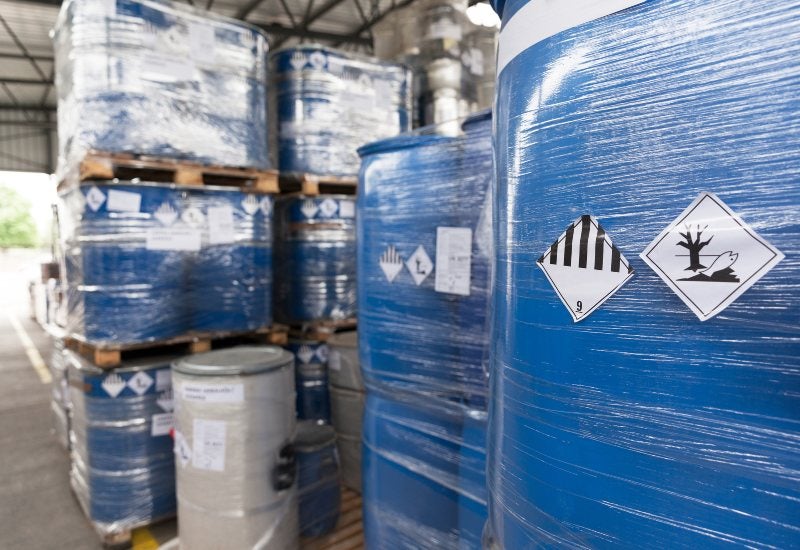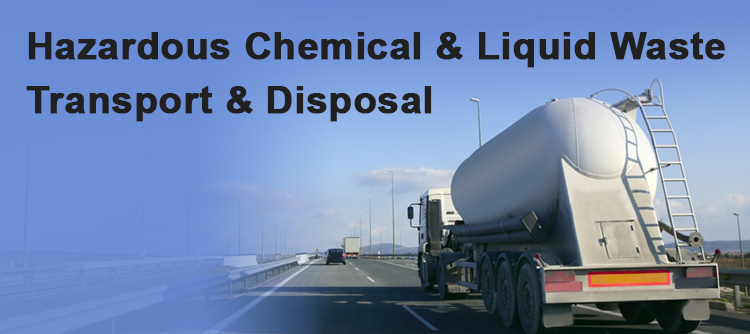Professional Liquid Waste Removal Melbourne: Fast and Budget Friendly Providers
Professional Liquid Waste Removal Melbourne: Fast and Budget Friendly Providers
Blog Article
How Fluid Garbage Disposal Functions: An In-depth Overview of Techniques and Technologies Used

Summary of Liquid Waste Types
The intricacy of fluid waste types necessitates a detailed understanding of their qualities and implications for disposal. Fluid waste can broadly be classified right into several kinds, including commercial, municipal, agricultural, and contaminated materials. Each group exhibits distinct residential or commercial properties, calling for details administration strategies to reduce ecological and health threats.
Industrial liquid waste originates from making procedures and frequently contains a variety of pollutants, such as hefty steels, solvents, and organic substances. Municipal fluid waste, mostly comprising wastewater from houses and commercial facilities, contains raw material, nutrients, and virus (industrial wastewater treatment). Agricultural fluid waste, including drainage from ranches, may include plant foods, pesticides, and animal waste, presenting dangers to water top quality and communities
Hazardous fluid waste is identified by its toxicity, sensitivity, or possible to cause harm. Recognizing these diverse fluid waste kinds is crucial for creating efficient disposal methods and making certain conformity with environmental regulations.
Physical Therapy Methods

Screening is the initial action, where bigger particles and debris are removed from the liquid waste using displays or grates. This process safeguards downstream devices from damage and guarantees smoother operation. Following testing, sedimentation uses gravitational force to separate solids from liquids. In sedimentation storage tanks, much heavier particles settle near the bottom, developing a sludge layer, while the cleared up liquid can be more treated.
Filtering is another necessary method that involves passing the fluid with permeable products, such as sand or membrane layers, to catch smaller sized fragments. This step enhances the top quality of the fluid, making it appropriate for succeeding treatment procedures.

Chemical Therapy Methods
Chemical treatment methods are essential for efficiently handling liquid waste, specifically in dealing with dissolved and colloidal pollutants that physical approaches might not adequately eliminate. These methods make use of numerous chemical representatives to counteract, speed up, or change unsafe substances right into much less harmful forms.
One common method is coagulation and flocculation, where chemicals such as alum or ferric chloride are included in promote the gathering of suspended particles. This procedure boosts sedimentation, enabling less complicated removal of the resulting sludge. Additionally, oxidation processes, using representatives like chlorine or ozone, are utilized to break down complicated organic compounds and virus, providing the waste much safer for discharge or additional treatment.
Neutralization is another critical strategy, which changes the pH of acidic or alkaline waste streams to neutral levels, avoiding potential injury to downstream systems and the atmosphere. Additionally, advanced oxidation procedures (AOPs) use combinations of oxidants and ultraviolet light to degrade relentless contaminants, achieving a greater degree of treatment performance.
Biological Therapy Processes
Organic therapy procedures play a vital role in the administration of liquid waste by using microorganisms to decompose natural matter and reduce pollutant degrees. These processes can be generally classified right into cardiovascular and anaerobic treatments, each using certain microbial areas to accomplish effective waste deterioration.
Aerobic treatment involves the use of oxygen to facilitate the break down of natural materials by bacteria. This procedure is typically carried out in activated sludge systems, where aeration storage tanks provide a favorable setting for microbial development, resulting in the oxidation of natural contaminants. The click here for more resultant biomass can be divided from dealt with effluent via sedimentation.
On the other hand, anaerobic therapy takes place in the absence of oxygen, depending on various microorganisms to damage down organic issue. This approach is specifically advantageous for high-strength waste, as it produces biogas, a renewable resource source, while decreasing sludge production. Technologies such as anaerobic digesters are often utilized in industrial and community applications.
Both cardiovascular and anaerobic biological treatments not just lessen the ecological influence of fluid waste however additionally promote source recuperation, making them essential components of sustainable waste administration methods. Their efficiency, effectiveness, and versatility support their widespread execution throughout various sectors.
Arising Technologies in Disposal
Cutting-edge methods to liquid garbage disposal are quickly developing, driven by developments in modern technology and a raising focus on sustainability. Among these arising innovations, membrane bioreactors (MBRs) have actually acquired grip for their capability to incorporate organic treatment with membrane layer filtration, causing high-grade effluent that can be recycled in different applications. MBRs make it possible for smaller impacts and much more reliable procedures contrasted to typical systems.
One more encouraging advancement is making use of anaerobic digestion integrated with nutrient healing innovations, which not only deals with read fluid waste yet also generates biogas and recoups important nutrients like nitrogen and phosphorus. This twin benefit improves source effectiveness and reduces environmental influence.
Additionally, advanced oxidation procedures (AOPs) are being embraced for the destruction of intricate organic contaminants. These approaches utilize effective oxidants and stimulants to damage down contaminants at the molecular level, using a highly efficient service for difficult waste streams.
In addition, the assimilation of expert system and equipment learning in waste management systems is optimizing operational performance and anticipating upkeep, leading to decreased costs and enhanced ecological conformity. These modern technologies reflect a significant shift in the direction of even more lasting and reliable fluid garbage disposal practices.
Verdict
To conclude, reliable liquid garbage disposal requires a thorough understanding of numerous methods and innovations. The assimilation of physical, chemical, and organic therapy techniques guarantees the efficient monitoring of varied waste kinds. Moreover, the development of innovative modern technologies improves treatment efficiency and promotes sustainability in waste management techniques. By constantly advancing these approaches, it becomes possible to resolve the growing challenges related to liquid waste, inevitably adding to ecological security and resource recovery.
Fluid waste disposal is an important element of ecological administration, calling for an extensive understanding of numerous techniques and modern technologies tailored to different waste kinds. Fluid waste can broadly be classified into a number of kinds, consisting of industrial, community, agricultural, and dangerous waste. Agricultural liquid waste, including drainage from farms, may consist of plant foods, chemicals, and animal waste, presenting threats to water high quality and ecological communities.
Various physical treatment techniques play a critical role in handling fluid waste properly - industrial wastewater treatment.In verdict, effective liquid waste disposal check this site out necessitates a detailed understanding of numerous strategies and modern technologies
Report this page